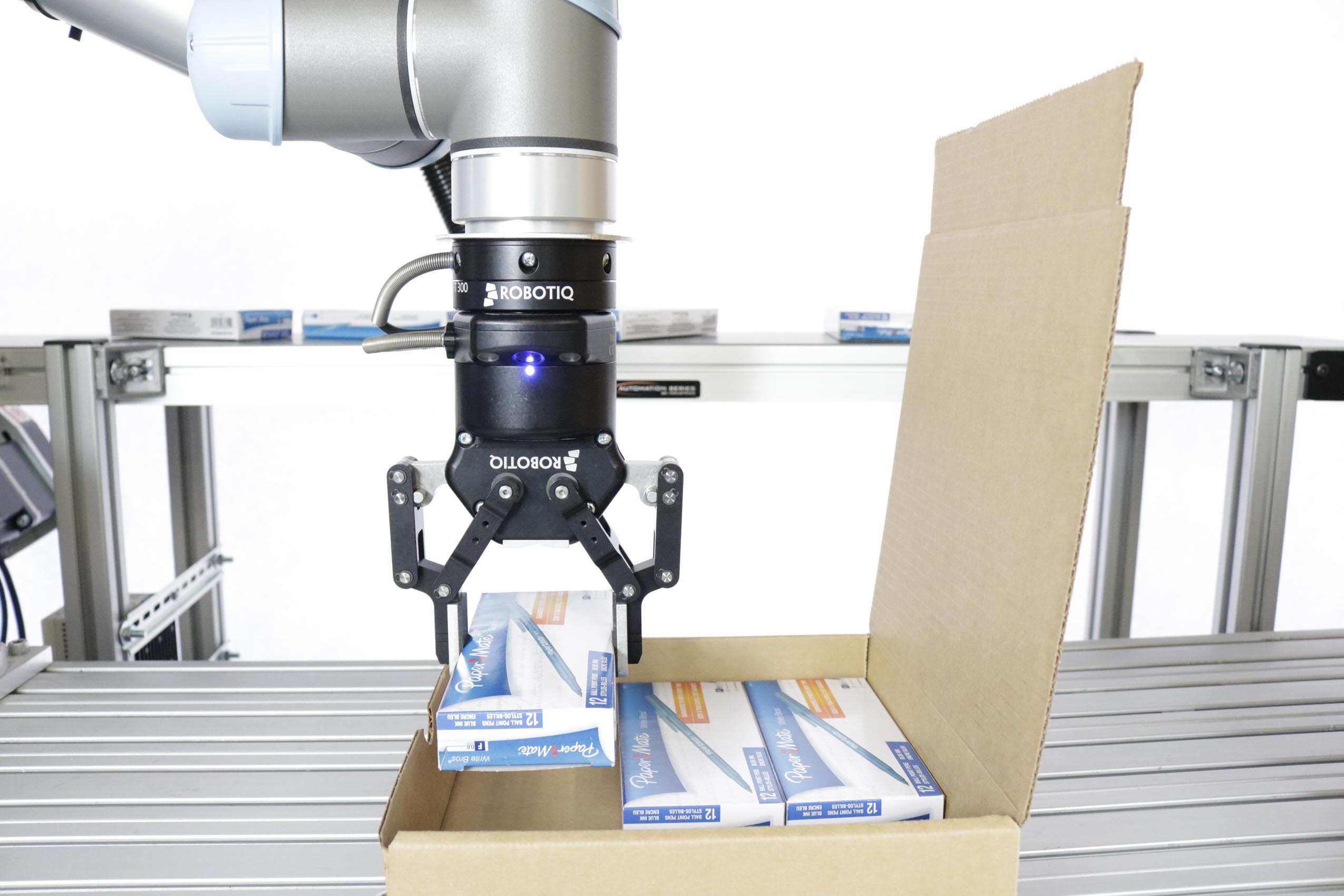International Recruitment – How to Approach This Big Issue

Posted on Feb 05, 2019 9:26 AM. 6 min read time
The popularity of international recruitment is increasing as technology develops, but recruiters face lots of issues on a daily basis. A critical question is how to overcome all possible barriers? If you have wondered about this, we’ve found some solutions!
We have gotten so used to the internet and all its benefits that we can hardly imagine a single day without it. Nowhere is this more apparent than in the modern business world. Modern companies have already accepted all the available digital help, which has allowed people from different cities, countries, and even continents to apply for jobs within a few clicks.
The simplicity of communication in real time and fast data sharing enabled cloud technology offers has allowed people to work online for a company from the other side of the Earth. With these advancements, the trend of remote and international recruitment quickly conquered the world, but with all the benefits came some potential issues as well.
With that in mind, we prepared a few tips to help you overcome the common problems related to international recruitment.
Remote work and logistics
Since remote work was almost impossible only a decade ago, people are still scared to enter the modern world and entirely change their work habits. Remote work provides people with the opportunity to work from home for some of the largest companies worldwide while wearing their favorite pajamas at the same time.
Modern solutions have fixed all the issues related to remote work, as the latest tools have provided companies with unlimited online communication, the ability to participate in conferences and meetings across the globe in real time using a robotic camera system, fast file and data sharing, screen sharing, threading, and much more.
Using only one platform, employees can sometimes get the answers in real time and work even more efficiently than when sharing the same office with colleagues. Using the latest technology, they can even dedicate themselves to more creative remote work because physical absence isn't a problem anymore.
Thanks to modern technology and automation tools, employees can work remotely in manufacturing companies. In such cases, repetitive tasks are reserved for robots controlled by skilled professionals, making robots the employees' hands and eyes.
An employee doesn’t have to be on-site to use a robotic camera and arm, so remote work is possible even in manufacturing companies. The precision of the robots means fewer mistakes, fewer employees to complete a task, and having someone work remotely means less time wasted on commuting and breaks.
All this can dramatically reduce costs in the manufacturing industry.
Language barriers
Overcoming the difficulties related to physical was the first step, but the next issue relates to language barriers. To help us overcome any limits, developers have provided us with various online translation tools, such as Google Translate, Linguee, SDL Trados Studio, and many more.
It seems that the extent of language barrier issues depends on the type of job, but every business field requires advanced communication among team members.
It’s generally best to stay away from complex technical jargon and idioms, have all your most important documents translated, have a good translator on hand, and use visual methods like charts and images to communicate basic concepts.
Besides online translation tools, modern companies often use project management software solutions with auto translation tools included, such as ManageEngine, Monday, or Workplace.
If you can't rely on technological solutions entirely, you should sign up to an online language course and improve your communication skills. Some of the commonly used online language course platforms are Open Culture and Alison.
Skill check
No matter how awesome an employee's CV appears, the employer will want to check their skills even if they are applying for a job from the other side of the world. Remote skill testing isn't as simple as it seems because people who are tirelessly trying to get a job often exaggerate their skills or even cheat on the test.
This can be a serious issue, but modern tech has helped us solve that problem too. Video calls enabled employers to communicate with possible employees in real time, naturally, as if they were sitting in the same office. Screen sharing also has a significant role here because the employees can demonstrate their skills while the employer follows the entire process on another computer miles away.
Apps like Slack, Cliq by Zoho, Microsoft Teams, and Fleep will improve the communication among your team, but thanks to features such as group messaging, private messaging, video call, and screen sharing, these apps will streamline the communication with potential employees during the recruiting process.
Skill check using features such as video calls and screen sharing is a foundation, but additional tests are always welcome. Thanks to the automated skill testing, solutions with a time limitation such as Testdome are an excellent way of checking an employee's experience level.
Besides, thanks to online assessments with automatic scoring available at Survey Monkey, the employer can easily check if a job applicant is skilled and qualified enough.
Time zone differences
Nowadays, employees mustn't switch their day and night cycle to work for a company in a different time zone. Using the latest automation tools, a modern company can provide a 24/7 service.
Advanced robotic solutions with AI will provide people with the answers and the required help, and their employer will assign them to-dos while they are sleeping. That way, employees will be able to work normally without messing up their body’s natural rhythm.
The bottom line
Although these barriers and issues sound like a huge problem, by using smart and advanced tech solutions, you'll be able to overcome each difficulty and recruit qualified workers from around the globe.
The mentioned Project Management apps and tools, online language courses, chatbots with AI, robotic cameras, and robots are only some of the digital helpers which can improve businesses across all verticals. Once again, technology and automation opened another horizon for employees and employers alike.
How do you expect businesses to improve in the future as technology continues to develop and crush all boundaries between humans? Let us know in the comments!
Robotiq is expanding overseas
By the way, we are also growing internationally. Can you guess where ? Stay tuned by subscribing to the Robotiq newsletter for more information to come !










Leave a comment